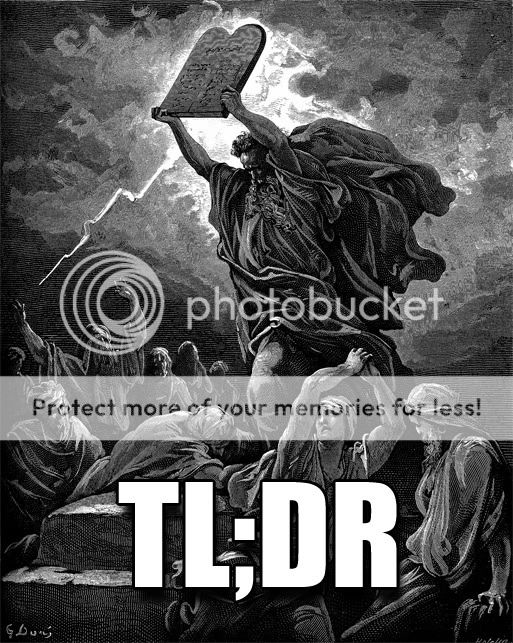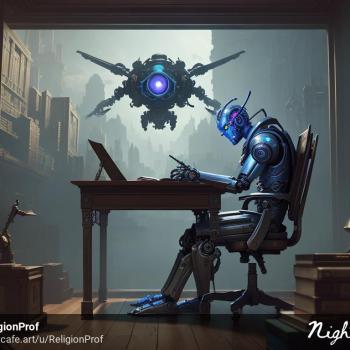Today I rewatched the J. J. Abrams Star Trek
movie, this time with my son (and I have to note that the movie is on sale on Amazon.com for $4.29!
).
I appreciated it even more than the first time I saw it. The extent to which the actors who play the roles are believable as the same people on the original series, only younger, continues to impress me.
But I was struck by my son’s comment. He had previously seen episodes from the original series, several of the motion pictures, and other bits and pieces
. But now, after watching this version for the first time, he said he has become a Star Trek fan.
My mind turned back to this as I found myself smiling about a detail in the program of an Indianapolis Symphony Orchestra concert I attended this evening. It described the version of Bruckner’s Symphony No.4 being performed as the “definitive version” from 1880.
anyone who knows anything about Bruckner’s penchant for revising his compisitions over and over again will now just how hard it is to talk about a “definitive version.” Some revisions were definite improvements, but others seem to reflect self-doubt or other motivations that led to changes which few from our perspective deem to have been wise.
So what makes for the “definitive version” of something? It can’t simply be the original. Sometimes a remake ruins things, but sometimes it makes things better, and sometimes it is hard to say.
Which is the definitive Superman? Batman? Battlestar Galactica? Who is the definitive Doctor in the history of Doctor Who?
What about Star Wars? George Lucas’ edits are an interesting parallel to Bruckner’s. Although debates about the symphonic equivalent of whether Han shot first do not translate as naturally into T-shirts.
 What about the Bible? Is there any such thing as a “definitive version”, to say nothing of a definitive translation of that version of the texts and contents?
What about the Bible? Is there any such thing as a “definitive version”, to say nothing of a definitive translation of that version of the texts and contents?
What about portraits of Jesus, whether in literature or other genres? The multiple Gospels suggest that the very authors of our earliest portraits balked at the notion of a “definitive portrait” – and that those who came after them felt the same way.
It is challenging to find the balance between fixity and stability on the one hand, and flexibility and change on the other. Many people prefer the extremes – the simplicity of saying that the old is good, or that there is no such thing as a text.
But reality gravitates towards somewhere in between. Even if we cut out all the parts that underwent revisions, we would still be able to recognize a piece of music that is Bruckner’s Fourth Symphony, or whichever other. Even if we omitted all spots where the original reading is truly uncertain, we would still have something recognizable as Paul’s letter to this or that church.
But there is a sense in which certain kinds of texts are never definitive, because they are supposed to point beyond themselves. Bruckner’s “Romantic” symphony in any edition is not definitive if never performed. And for me, tonight’s performance marks something of a definitive version for me, since, as much as I love the piece, I had never had the opportunity to hear it performed live until now.
I think that Paul the apostle would have echoed that sentiment. Nothing he put on paper was the definitive edition. What he wanted to see was the Spirit giving life to people who became living epistles.
And perhaps he would even have said that the definitive “body of Christ” is not one about which it makes sense to debate whether it rotted in a grave or ascended into the sky, but rather a community of people who live in radical communion, love, and forgiveness.













